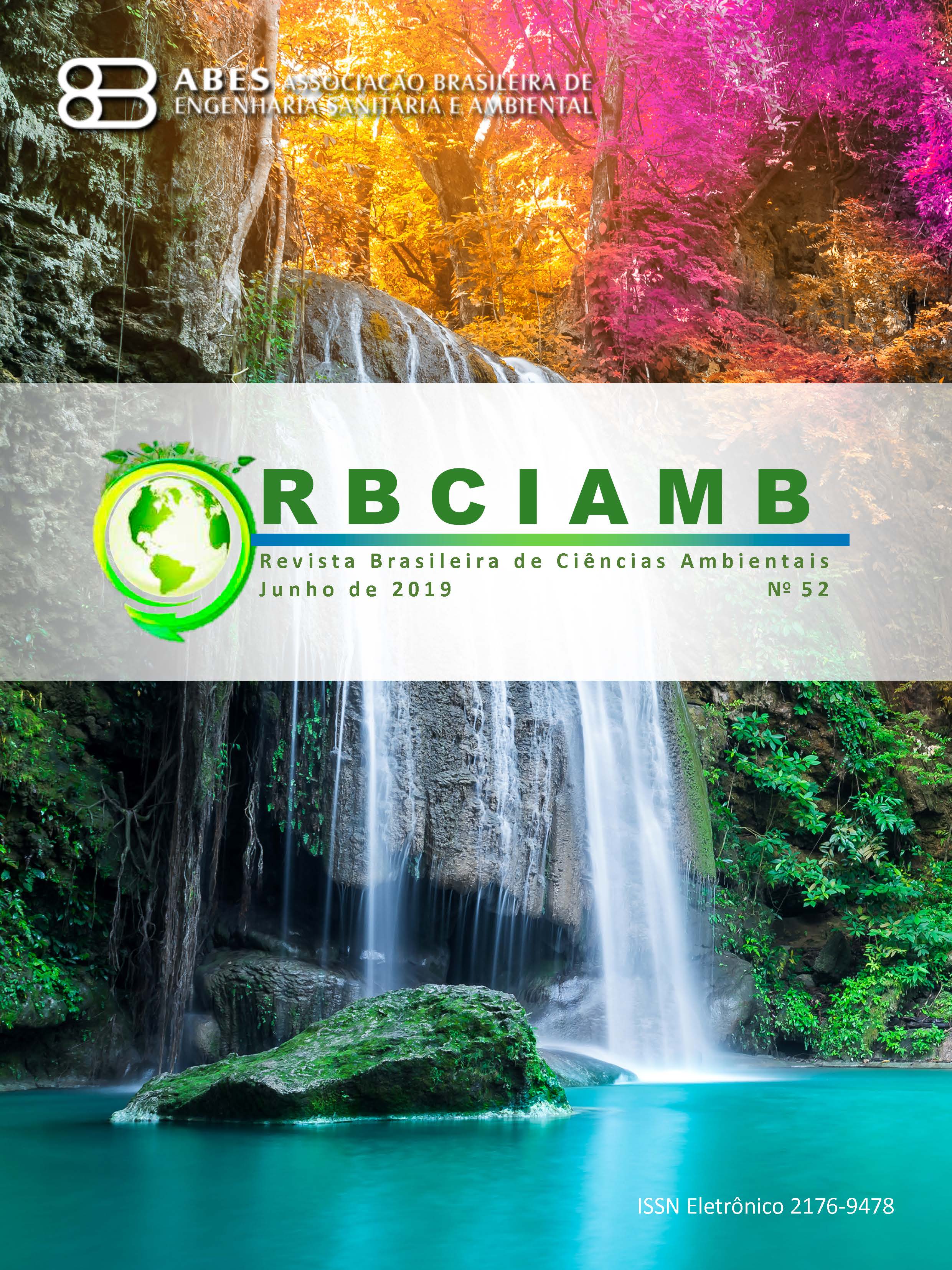A COMPARATIVE STUDY OF BOX JENKINS MODELS AND ARTIFICIAL NEURAL NETWORKS IN FORECASTING PLUVIOMETRIC FLOWS AND PRECIPITATIONS OF ARAGUAIA-TOCANTINS BASIN/BRAZIL
DOI:
https://doi.org/10.5327//Z2176-947820190444Keywords:
climatic variables; forecasts; temporal series; multilayer perceptron; root mean square error.Abstract
Studying the variability of local hydro-climatic parameters in river basins is important for the better management of water resources. In order to do so, we used two methods: Box-Jenkins methodology, adopted by many companies in the time series analysis, including the entire Brazilian electric sector, and the Neural Networks technology, which presents itself as a powerful tool for forecasting. Observations of monthly averages of two meteorological stations of the Araguaia-Tocantins basin (Brazil) were made for comparation purposes, one of monthly flows (m3/s) and one of monthly rainfall (mm), of the National Waters Agency (Agência Nacional de Águas — ANA) with continuous records from 1969 to 2017 and 1974 to 2017. The forecasts were tested for twelve and twenty- four months. A comparison between the two methods using a hypothesis test from 95% confidence intervals, showed that there were no statistically significant differences between them in individual rainfall and flow forecasts. However, if the RMSE method is used, the Box-Jenkins method presented better results in the forecasts. The main difficulty in the Box-Jenkins method is the construction of the model, especially in high variability series. The method of Neural Networks, in general, consumes more computational time compared to the Box-Jenkins model.Downloads
Download data is not yet available.
Downloads
Published
2019-11-02
How to Cite
Salame, C. W., Queiroz, J. C. B., Souza, E. B. de, Farias, V. J. da C., Rocha, E. J. P. da, & Moura, H. P. (2019). A COMPARATIVE STUDY OF BOX JENKINS MODELS AND ARTIFICIAL NEURAL NETWORKS IN FORECASTING PLUVIOMETRIC FLOWS AND PRECIPITATIONS OF ARAGUAIA-TOCANTINS BASIN/BRAZIL. Revista Brasileira De Ciências Ambientais, (52), 28–43. https://doi.org/10.5327//Z2176-947820190444
Issue
Section
Articles
License
Copyright (c) 2019 Revista Brasileira de Ciências Ambientais

This work is licensed under a Creative Commons Attribution 4.0 International License.


























